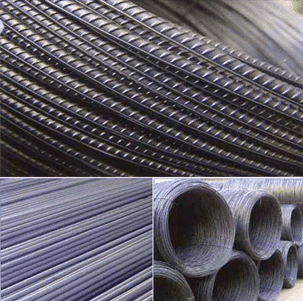
Following on-from minimizing your exposure, we come to your relationship with money.
Whether we like it or not, money is highly prized in our soity. It’s important. And we attach a lot of feeling to it.
How then will you feel when you see hundreds of dollars(perhaps thousand, depending on your account size) go up in smoke in front of you?
The problem is, ”expenses” are part of the game. You have to lost some to win some more. There is no holy grail.
If you can’t change your relationship with money, then just don’t think about is. Focus instead on numbers.
Think “percentage of trading account”. Think “average risk-to-reward ratio”. Think “potential profit points versus maximum points risked”.
Concentrate on getting the numbers right and the money will take care of itself.




